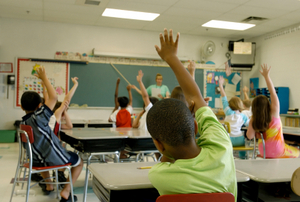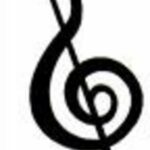Figurative language is an important skill for making writing come alive. With kids, it is necessary for them to be able to identify different types of figurative language. However, it is also vital to teach to use this literary tool without overusing it in writing. These resources are helpful for teaching about similes and metaphors. The majority of these lessons and resources are good for students, in second to fourth grade, who are just learning about figurative language. Some of these activities are good for older kids still trying to master the concepts.
Simile
Simile is a sentence that compares two unlike things using the words “like” or “as.” For instance, your breath smells like a dirty shoe, is a simile. It is necessary that students understand what is being described and what is the subject being compared to. One easy way to do this is to write out similes on the board. Then, draw a circle around what is being described. Then draw an arrow to what it is being compared to.
After students understand similes, they need practice writing. Abcteach.com has a simple PDF worksheet that gives a definition, example, and five lines to write similes. Then it asks students to pick the best one and draw a picture of it.
Another good way to introduce similes is through the lesson entitled “Busy as a Bee.” This lesson by Lorraine M. Tanaka utilizes The Book Quick as a Cricket by Don Wood. At the culmination of the lesson, children will have written their own simile books. I have done a similar lesson with my fourth graders and the books are great for open house.
Metaphor
Metaphors are similar to similes in that they compare two unlike things without using the words “like” or “as.” For instance, like the popular tune, You are the sunshine of my life, this phrase is a metaphor. Again, it is necessary that students understand what is being described and what the subject is being compared to. If someone is the sunshine of your life, they make you happy and are extremely important to you.
For practice, boggles world has a set of two metaphor worksheets. One has students use metaphors to describe various physical and mental attributes. Another lists metaphors and asks students to write down what people really mean when they say these phrases. You have to click on the link to download the worksheets.
Here is a short quiz to see if your students understand metaphors. The quiz is a five question multiple-choice test and can be found at rhlschool.com. If you want a paperless quiz, try this one from kidsonthenet.org.
Resources for both
It is important for students to have definitions and examples of different types of figurative language. Here is a one-page sheet of common figurative language terms.
A good week long lesson plan is As Slippery as an Eel: An Ocean Unit Exploring Simile and Metaphor. The lesson, created by Carolyn Wilhelm, has four 50-minute sessions along with extension, assessment and reflection activities. It uses various ocean books to have students focus on comparison.
Finally, here is a PDF list of books from readwritethink.org. The list contains many books for teaching about simile and metaphor.
Have fun teaching these concepts!
Sources:
As Slippery as an Eel: An Ocean Unit Exploring Simile and Metaphorreadwritethink.org
Abcteach.com- http://www.abcteach.com/free/p/poetryprompts_similes.pdf
http://www.readwritethink.org/files/resources/lesson_images/lesson115/Suggested_Books_with_Figurative_Language.pdf
Busy as a Bee.” www.col-ed.org
kidsonthenet.org
rhlschool.com
PDF links:




